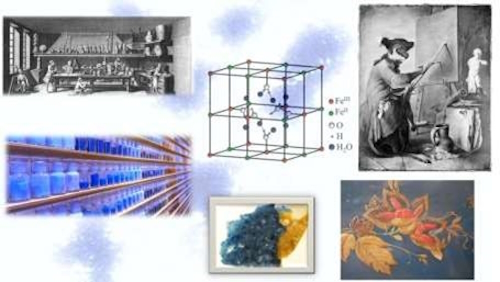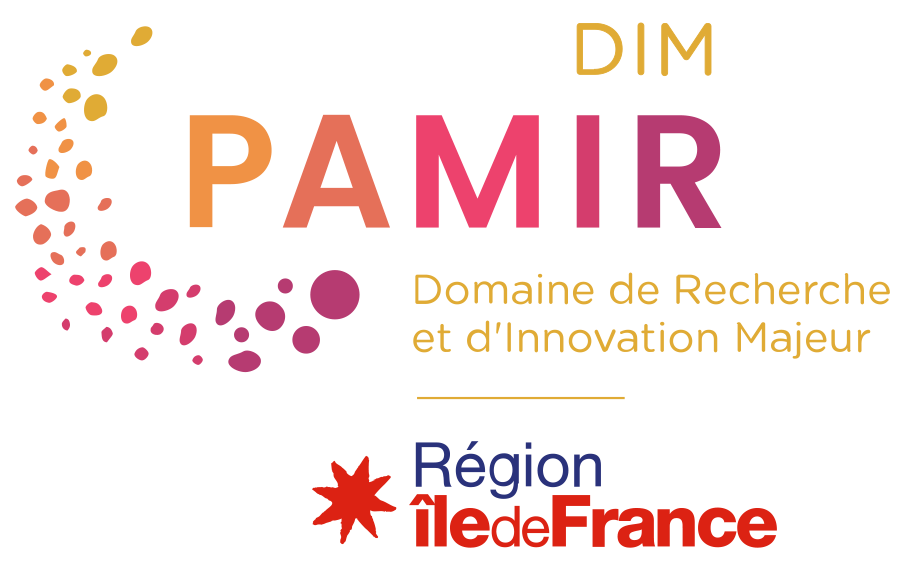
Bleu2PruCe
Prussian Blue
Scientific responsibility :
- Anne-Solenn Le Hô
Methodological axes :
Thematic fields :
Disciplinary sectors :
Partnership :
Funding :
- DIM PAMIR
Project ID : IDF-DIM-PAMIR-2025-11-006
Summary :
Prussian blue is a pigment that has been used by artists since the 18th century. Its development was made possible by advances in chemistry. This inorganic compound owes its intense blue colour to its mixed valence state of Fe(II)-Fe(III). Issued from laboratory invention and practice, Prussian blue was widely used by dyers, lacquerers, painters and watercolourists, after its accidental discovery between 1704 and 1706. The Bleu2PruCe project explores the processes involved in synthesising Prussian blue by examining its physico-chemical properties using a variety of multimodal analytical techniques, such as optical spectroscopy, X-ray diffraction, Raman spectroscopy and X-ray fluorescence. The project will carry out optical, structural, molecular and elemental characterisations of this pigment on both synthesised pigments and a selection of already collected reference pigments. Depending on time, some historical samples of paintings and decorative arts may also be analysed, including 18th paintings by Chardin and Fragonard, as well as the painted secretary of Marie-Antoinette. As a bridge between the histories of science and art, the Bleu2PruCe project will introduce the conditions and steps in the colour creation through chemistry by characterising the properties of this first modern synthetic pigment by artists as Boucher, Chardin, Fragonard, Delacroix… and painters and varnishers as the Martin brothers.
Intern: Inès Slimani
Credits and legends: © C2RMF Le Singe (Chardin); © Anne-Solenn Le Hô pigments, tortoiseshell, decoration; © Lehman engraving from the Encyclopédie

